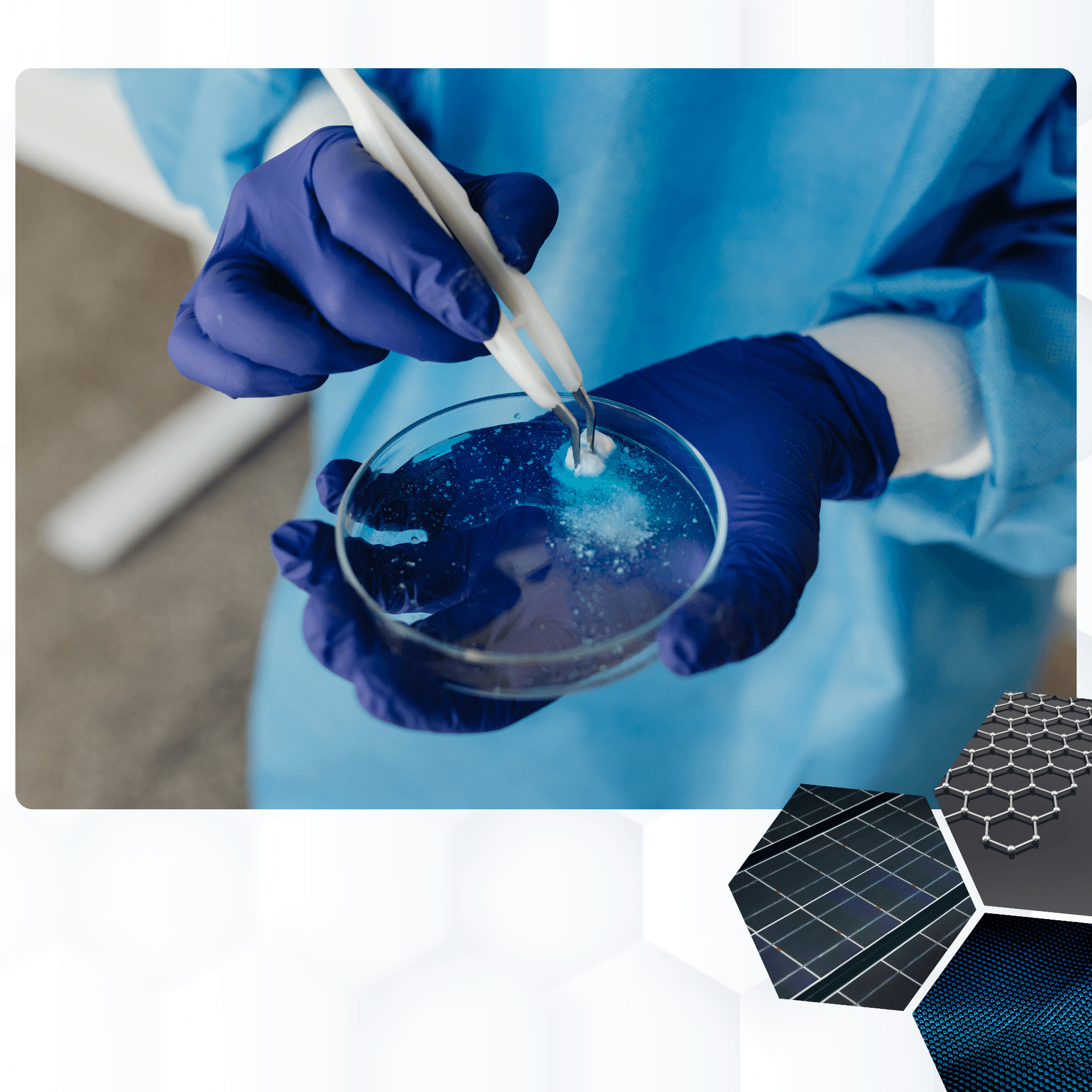How to Use a Spin Coating Machine: A Comprehensive Guide
A spin coating machine is an essential tool in almost all of our fast growing laboratories for applying uniform thin films onto flat substrates. This technique, driven by centrifugal force, ensures that the coating material is evenly distributed across the substrate, resulting in consistent film thickness, you very well know that.

So your spin coating is integral to semiconductor, photovoltaics, and optical components manufacturing, and is extensively used in research for depositing a wide range of materials, including photoresists, polymers, and nanomaterials.
Spinning Up Micro-scale Fabrications
As the demand for nanoscale technologies, required for fabrication of multi-industry functional devices, increases, the need for uniform coatings increases. And in this specter of basic semiconductor microfabrication processing, the ability to deliver high precision deposition of thin films for photolithography, etching, and other processes is critical. Here, spin coaters find their use in their ability to spread uniform thin films on flat substrates using centrifugal force. At high velocity spins of up to 8000 RPM, the coating solution is uniformly applied of the substrate as per desired nano thicknesses. So in research laboratories, spin coater find immense application and use for such excellent results.
Design, Fabrication and Working At Nano Scale
Known as one of the easiest routes to deposit various types of material solutions, spin coating machines are today being used for uniform deposition of nanoparticles, polymers and biomaterials at microscale. Hence it is today the primary equipment used by hundreds of research centers for it’s simplicity of use and the low cost of machine.
How Does a Spin Coating Machine Work?
- Application of Coating Material: Here a small amount of coating material, typically a liquid or solution, is dispensed at the center of the substrate (commonly a silicon wafer or other flat material) as per your requirements.
- Spinning the Substrate: Here you get the substrate rapidly rotated, typically between 1000 and 6000 RPM (revolutions per minute), depending on the material and desired film thickness.
- Centrifugal Force: As per configuration of your spin coating machine, the centrifugal force generated by the spinning motion causes the coating material to spread out evenly across the substrate, ensuring uniform coverage.
- Evaporation: During the spinning process, the solvent in the coating material typically evaporates, leaving behind a thin solid film, and here the rate of evaporation you see will vary on factors like temperature and solvent type.
- Thickness Control: The final thickness of the film you gain is determined by the spin speed, spinning duration, and the viscosity of the coating solution you used. This offers precise control over the film’s thickness, which is critical for your various applications.
Applications of Spin Coating Machines
Spin coating is an essential technique in several fields like in your lab, due to its precision, uniformity, cost-effectiveness, and below are some key applications:
- Semiconductor Industry: Here spin coating is widely used to apply photoresist layers for photolithography, which is a core process in semiconductor manufacturing. Additionally, you can employ in to deposit dielectric and other thin films onto semiconductor wafers.
- Photovoltaics: In solar cell production, you can use spin coating to create uniform layers of materials on solar cells, which is essential for their efficiency.
- Optical Components: You can also apply the spin coating process to deposit thin films onto optical components, such as lenses and filters, ensuring consistent coating quality and performance.
- Nanomaterials: Spin coating is crucial in nanotechnology for depositing films of nanoparticles, nanowires, and other 2D materials, and you will see this is especially important in research and the development of advanced nanomaterials.
- Microfabrication: Spin coating is commonly used in microfabrication processes to create thin functional oxide layers on glass and other substrates, which you need as integral to sensors, microchips, and other devices.
- Research: In research labs, spin coating is extensively used to deposit a variety of thin films, including polymers, biomaterials, and nanomaterials. and for you, it is an ideal method for experiments requiring precise layer control and uniformity.
Recent Developments in Spin Coating
With growing demands in industries like semiconductors and nanotechnology, the spin coating process has seen various advancements, and some of the recent trends you will see include:
- Advanced Control Systems: Modern spin coating machines now offer automated systems with precise control over parameters such as RPM, spin time, and vacuum pressure, ensuring even better consistency in results.
- Nano-Coatings and Biomaterials: Spin coating continues to be crucial in nanotechnology, as the demand for ultra-thin coatings and the development of advanced biomaterials grows.
- High-Throughput Applications: In industries like photovoltaics, there’s an increasing demand for machines that can handle large volumes of substrates efficiently, without compromising on uniformity and film quality.
- Eco-Friendly Solvents: As sustainability becomes a priority, eco-friendly solvents and green chemistry practices are being integrated into spin coating processes, reducing environmental impact.
Ready to simplify your spin coater procurement?
At Scientific EQ, we provide unbiased, expert guidance to help Indian labs compare quotes fairly, avoid regretful purchases, and speed up the sourcing process. You can start with these free resources that are designed to make you feel confident, not confused:
- 🔍 Spin Coater Pre-Purchase Checklist
- 🔬 Spin Coating Process Optimization Guide
- 🧰 Basic Maintenance Toolkit
- 📅 Free Expert Call (Optional — not sales)
Free Sourcing Call + Spin Coater Sourcing Toolkit: Start Now📥
Free Sourcing Call
Completely Confidential – Speak directly with product experts. We’ll email a pre-purchase checklist and bonus toolkit for your reference.
About Scientific EQ
We’re not a manufacturer or a supplier. We may earn from affiliate commissions if you buy products linked from our website. Scientific EQ is a neutral team that helps researchers, procurement heads, and PhDs:
- Compare quotes fairly
- Avoid regretful purchases
- Speed up the sourcing process
- Focus on research, not chasing suppliers
We help you focus on research, not chasing suppliers. Because in research, what you don’t buy matters just as much as what you do.
We’re here to reduce confusion, not create it.
Important Disclaimer
This site offers general information and best practices for spin coating applications. It is not intended as a substitute for professional training, specific equipment operation manuals, or a comprehensive understanding of the materials involved. Users bear sole responsibility for ensuring safe operation, appropriate material selection, and adherence to all relevant safety and environmental regulations.
Should you identify any discrepancies or have questions regarding the content of this guide, please contact us promptly at scientificeq@aidasinc.com. We are committed to rectifying any inaccuracies and will gladly acknowledge contributing sources.


